Increasing Demand in Construction Sector
The construction sector is experiencing a notable surge in demand for formaldehyde-based products, particularly in the production of composite wood products, insulation materials, and adhesives. This trend is driven by the rising need for durable and cost-effective building materials. In 2023, the formaldehyde market was valued at approximately 15 billion USD, with projections indicating a compound annual growth rate of around 4% through 2030. The increasing urbanization and infrastructure development in various regions further bolster this demand, as formaldehyde plays a crucial role in enhancing the performance and longevity of construction materials. As such, the formaldehyde market is likely to benefit significantly from the ongoing expansion of the construction sector.
Rising Demand for Automotive Applications
The automotive industry is increasingly utilizing formaldehyde-based resins and adhesives in the production of vehicle components, which is contributing to the growth of the formaldehyde market. As automotive manufacturers seek to enhance vehicle performance and safety, the demand for lightweight and durable materials has surged. In 2023, the formaldehyde market in automotive applications was estimated to account for a significant share, driven by the need for advanced materials that meet stringent safety and performance standards. This trend is expected to continue as the automotive sector evolves, with manufacturers increasingly focusing on sustainability and efficiency. Thus, the formaldehyde market is poised for further expansion in this sector.
Regulatory Compliance and Safety Standards
The formaldehyde market is influenced by stringent regulatory compliance and safety standards aimed at minimizing health risks associated with formaldehyde exposure. Governments and regulatory bodies are implementing guidelines that necessitate the use of low-emission formaldehyde products in various applications, including furniture and building materials. This regulatory landscape is pushing manufacturers to innovate and develop safer alternatives, thereby driving growth in the formaldehyde market. In 2023, the market saw a shift towards products that comply with these regulations, which is expected to continue as awareness of health and environmental issues rises. Consequently, adherence to safety standards is likely to shape the future trajectory of the formaldehyde market.
Innovations in Chemical Manufacturing Processes
Innovations in chemical manufacturing processes are playing a pivotal role in shaping the formaldehyde market. Advances in production technologies, such as the development of more efficient catalytic processes, are enabling manufacturers to produce formaldehyde with reduced energy consumption and lower emissions. These innovations not only enhance the sustainability of formaldehyde production but also improve the overall cost-effectiveness of the process. In 2023, the formaldehyde market witnessed a shift towards greener production methods, which is likely to continue as environmental concerns become more pronounced. As manufacturers adopt these innovative practices, the formaldehyde market is expected to experience growth driven by both efficiency and sustainability.
Expanding Applications in Healthcare and Pharmaceuticals
The formaldehyde market is witnessing an expansion in applications within the healthcare and pharmaceutical sectors. Formaldehyde Market is utilized as a preservative and disinfectant in various medical products, including vaccines and laboratory specimens. The increasing focus on healthcare quality and safety is driving demand for formaldehyde in these applications. In 2023, the formaldehyde market in healthcare was estimated to grow at a steady pace, reflecting the rising need for effective preservation methods. As the healthcare sector continues to evolve, the role of formaldehyde in ensuring product safety and efficacy is likely to become more pronounced, thereby contributing to the overall growth of the formaldehyde market.
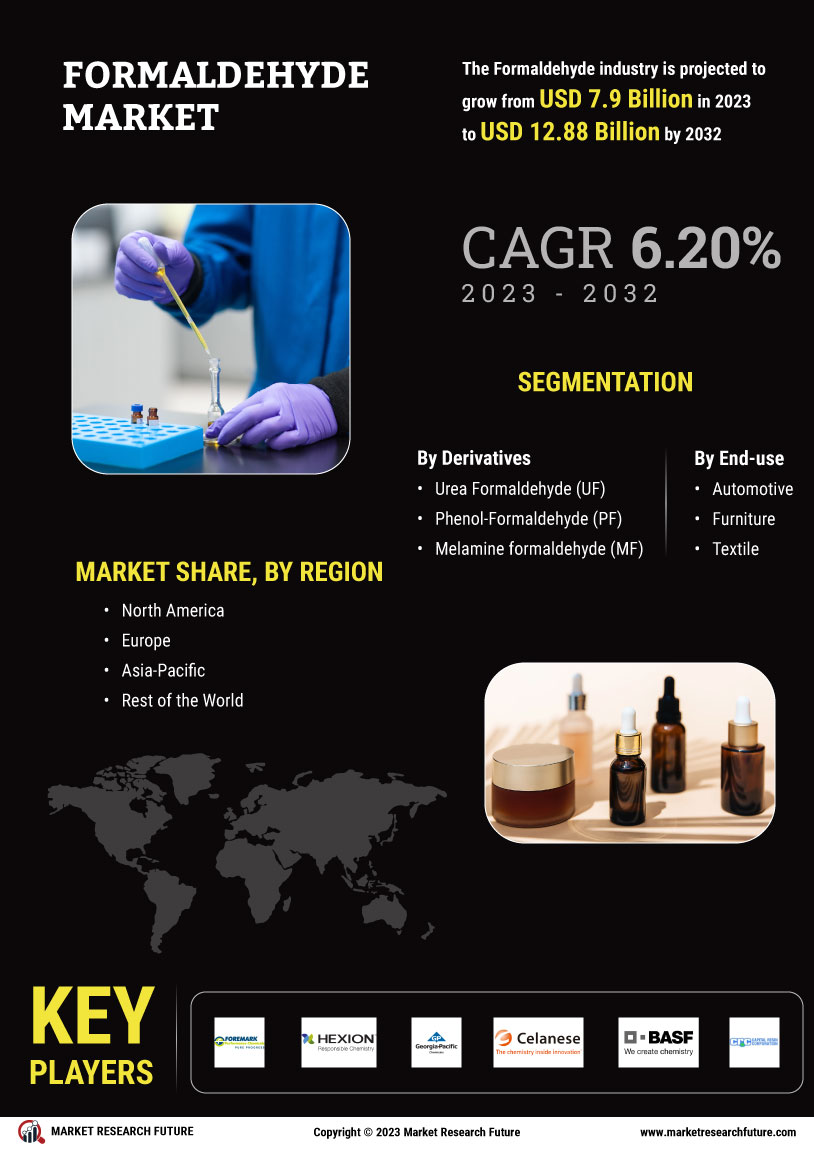

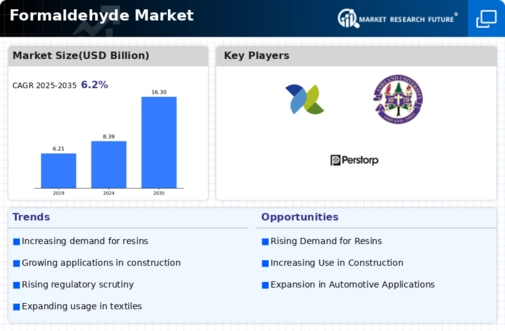


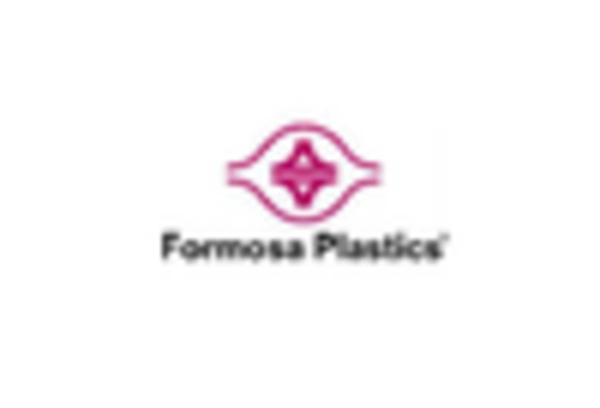
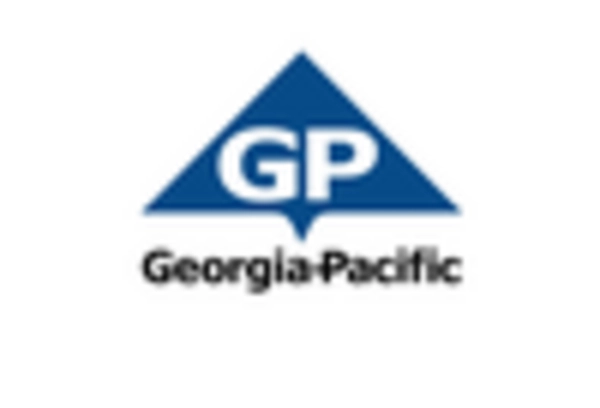


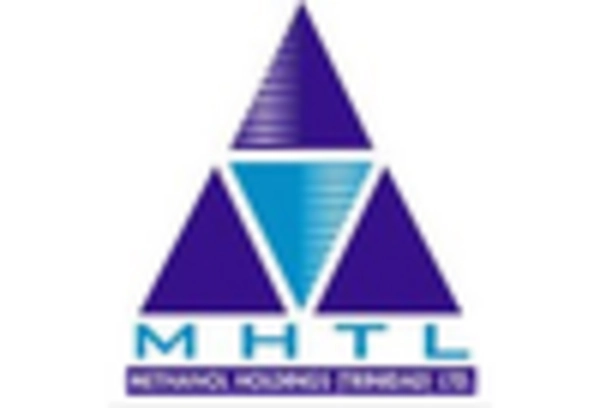








Leave a Comment